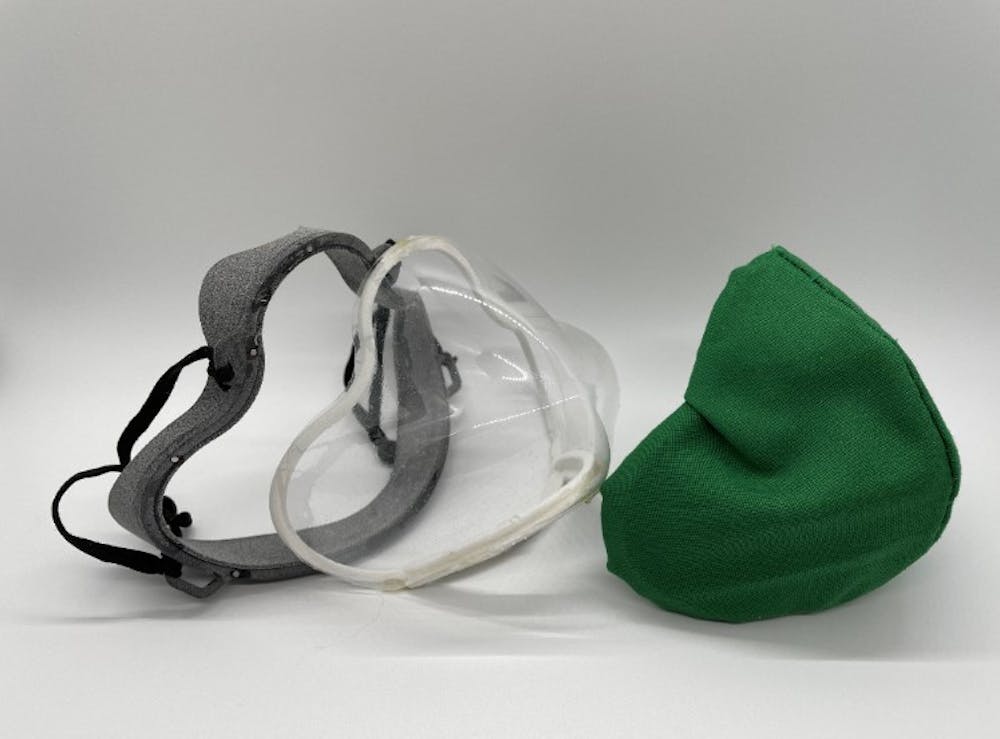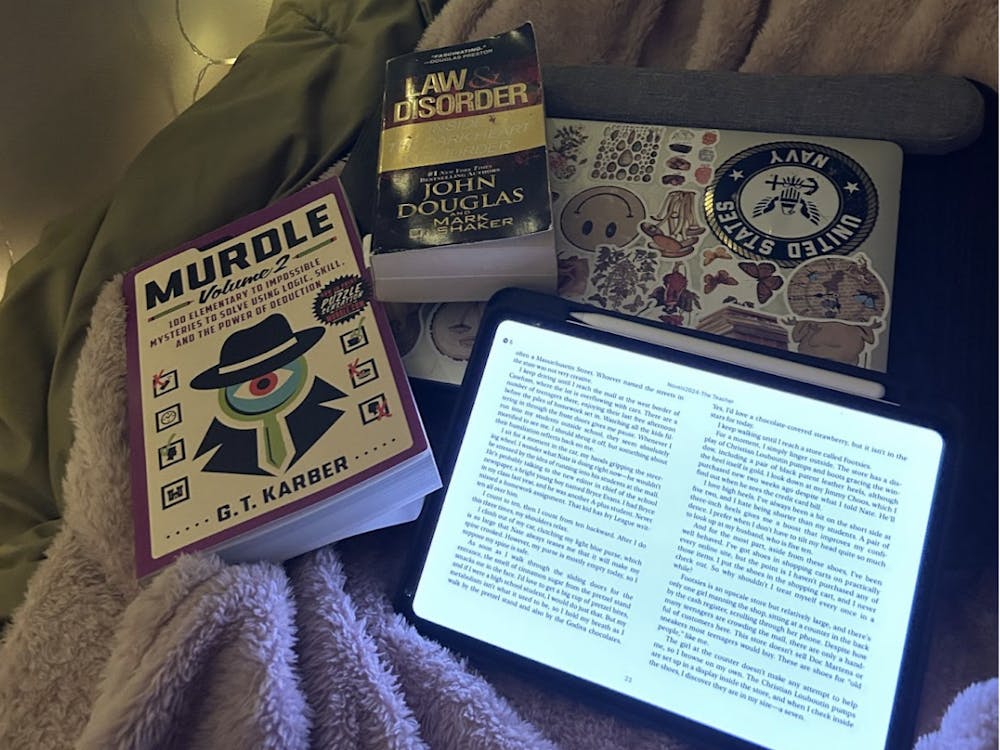Team Polair, a Hopkins team of 25 undergraduate Biomedical Engineering students, took runner-up in the XPRIZE Next-Gen Mask Challenge, winning $250,000 for the design of a clear, adaptable face mask. The four-month international contest, sponsored by California nonprofit organization XPRIZE, challenged participants to design face masks that are user-friendly and safe for the environment.
For months, the team worked on developing their prototype while collaborating with Honeywell. Team Polair focused on adaptability, sustainability and comfort as they sought to create a mask that people would want to wear.
The final design consists of a magnetically attaching modular mask with a soft silicone frame and customizable front attachments including a clear, anti-fogging front and an N95 front. Wearers can use pre-cut filters or create their own from stencils.
In an interview with The News-Letter, Team Captain Jerry Zhang spoke about how the team’s desire to create a comfortable, eco-friendly mask inspired their design.
“We really flipped the model on its head where, instead of making millions of masks in one day, we can just make one mask that the person could wear for months. We estimated that one Polair mask can save up to 20 feet of metallic wire, 40 feet of elastic bands and 3.5 square yards of filtered material compared to a number of disposable masks. We think that it can be a real game-changer,” Zhang said.
Team Polair competed against more than 1,000 other teams from around the world, including Naija Force, a team from Nigeria, who came in second place alongside Hopkins.
In addition to competing against other teams, Polair had to compete with the logistics of time, communication and resources.
“A definite challenge was organizing Zoom calls because we had team members stationed in different places, like one in Asia and another in Greece. This made it hard for everyone to find an optimal time where we could collaborate,” team member Sabour Shaik said in an interview with The News-Letter.
Teammates resided in 14 different U.S. states and four countries across three separate continents over the course of this project.
“The good thing about that was that we usually would break it up into smaller groups and have smaller meetings at everyone’s convenience and have larger meetings every two weeks,” Shaik said.
In addition to navigating time zone differences, Team Polair had to face the challenge of generating prototypes remotely.
Zhang said that creating the prototype was difficult, however, with the help of the computer-aided design team and help from the Whiting School of Engineering, they were able to generate the pieces they needed.
Team Polair is grateful for their success in the XPRIZE competition, but they won’t stop there. Team members stated that Team Polair has officially filed as a limited liability company. They have not yet received the prize money, but they are making plans for what to do once they receive it.
“Some of our plans include attending future business competitions to get more funding. Another part of the plan is deciding when and how to enter the market. We are also deciding if we want to file for a patent and sell the idea, or if we want to pursue a manufacturing contract,” Shaik said.
Since the mask is designed to be comfortable, durable and eco-friendly, the team members say that it will have a longer lifespan than the average disposable mask. They are taking these qualities of their mask into account as they determine a price for it.
“This mask can theoretically replace a whole box of masks. And a whole box of masks would cost around $20 or even more,” sophomore Charles Wang said.
Despite the team’s success in the XPRIZE Competition, they are not finished with their work. Members hope to continue innovating and inspiring other students in the Hopkins community.
“Leading a design project for my peers has been an incredibly rewarding experience,” Zhang said. “I hope that as our story continues to unfold, Polair will continue to serve as a source of inspiration for future teams, just as previous student teams did for me.”
Clarification: Certain information that had been included in the original article due to a miscommunication in the reporting process has since been removed.





